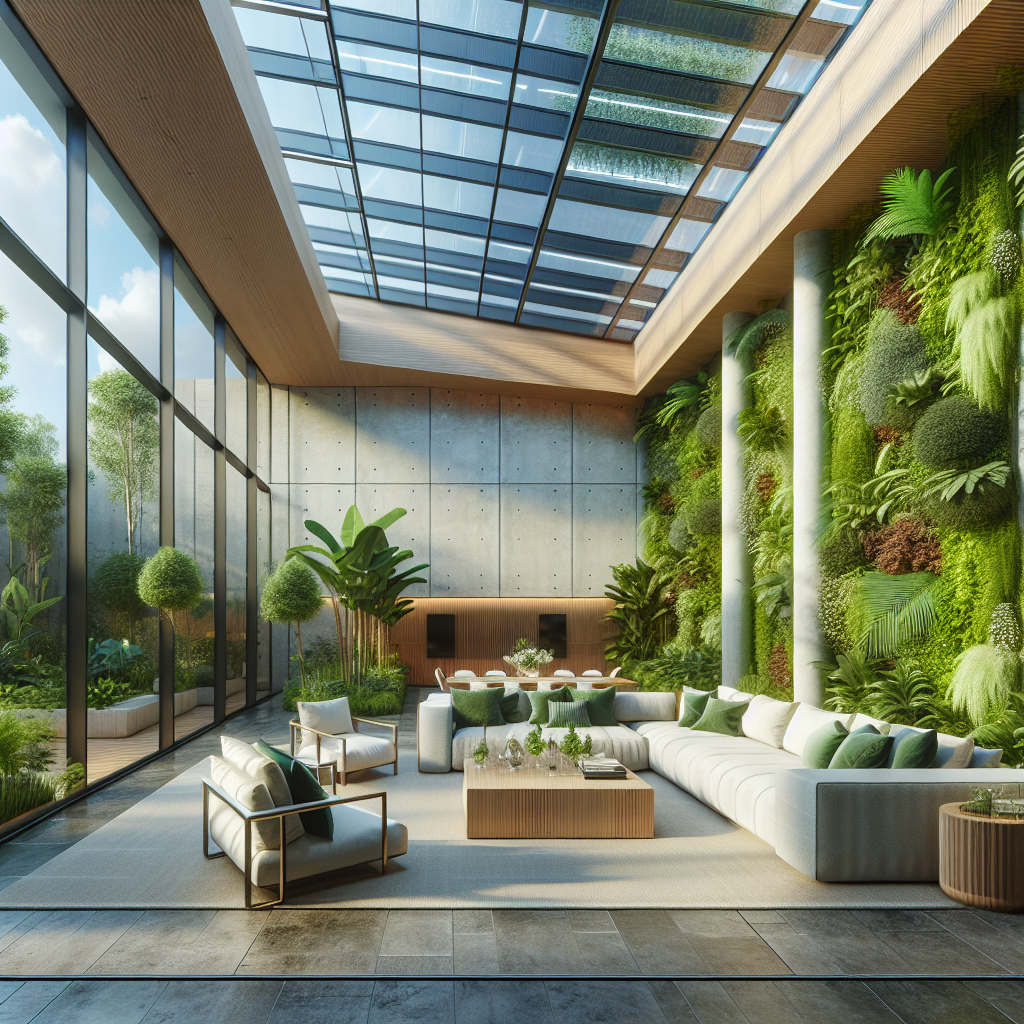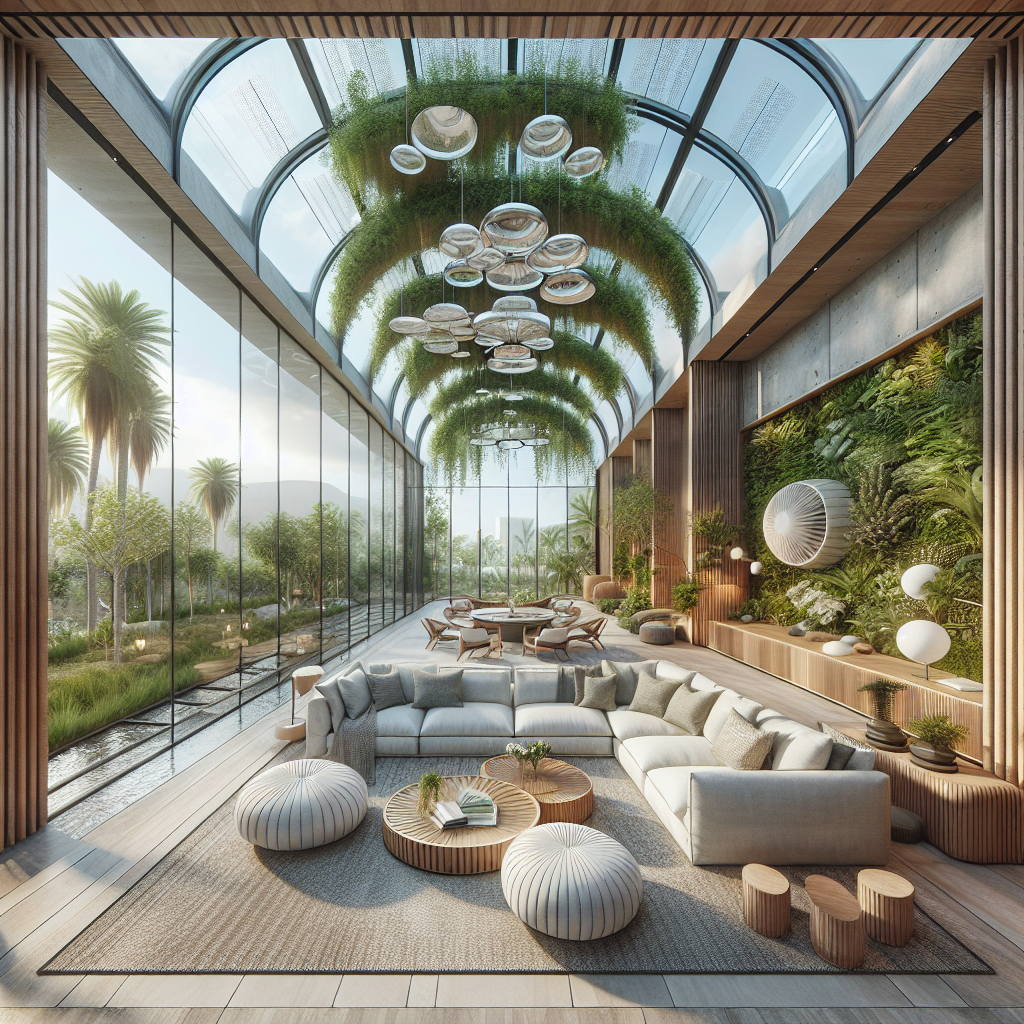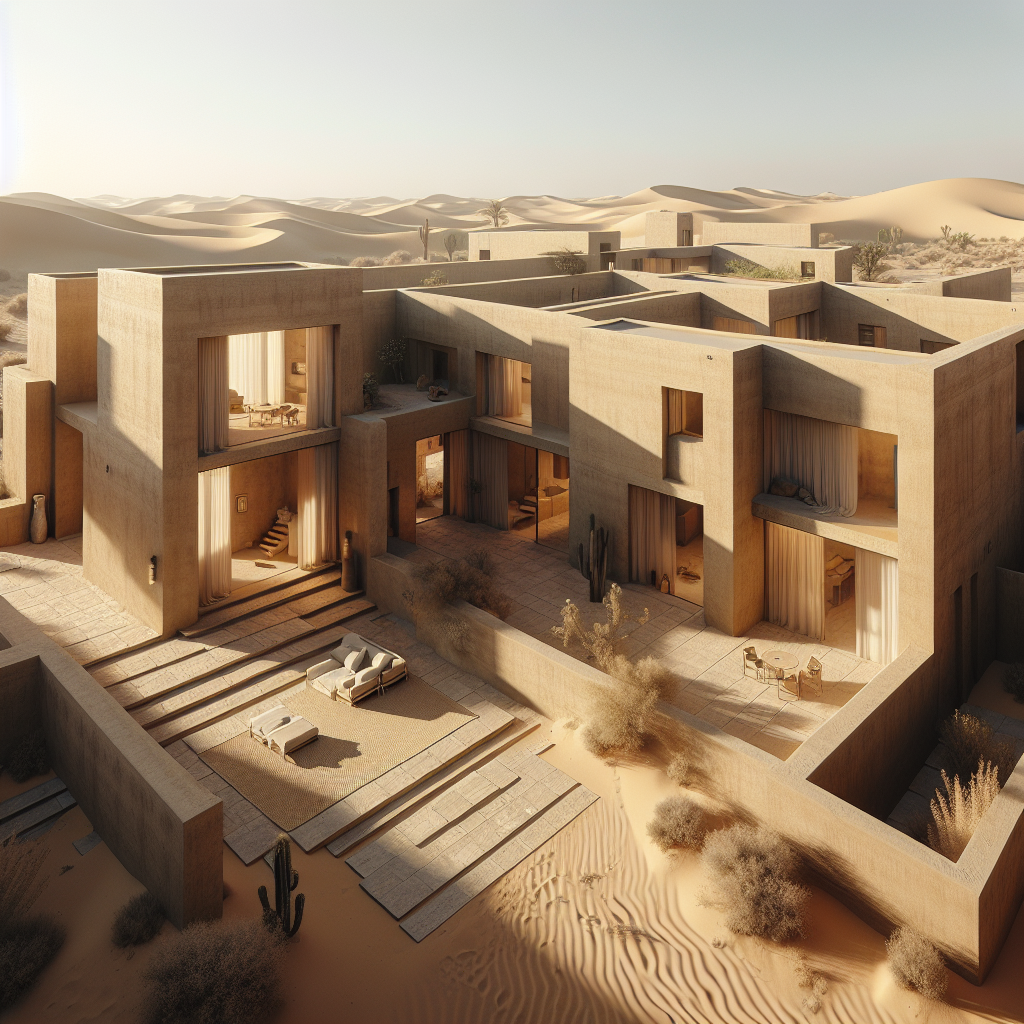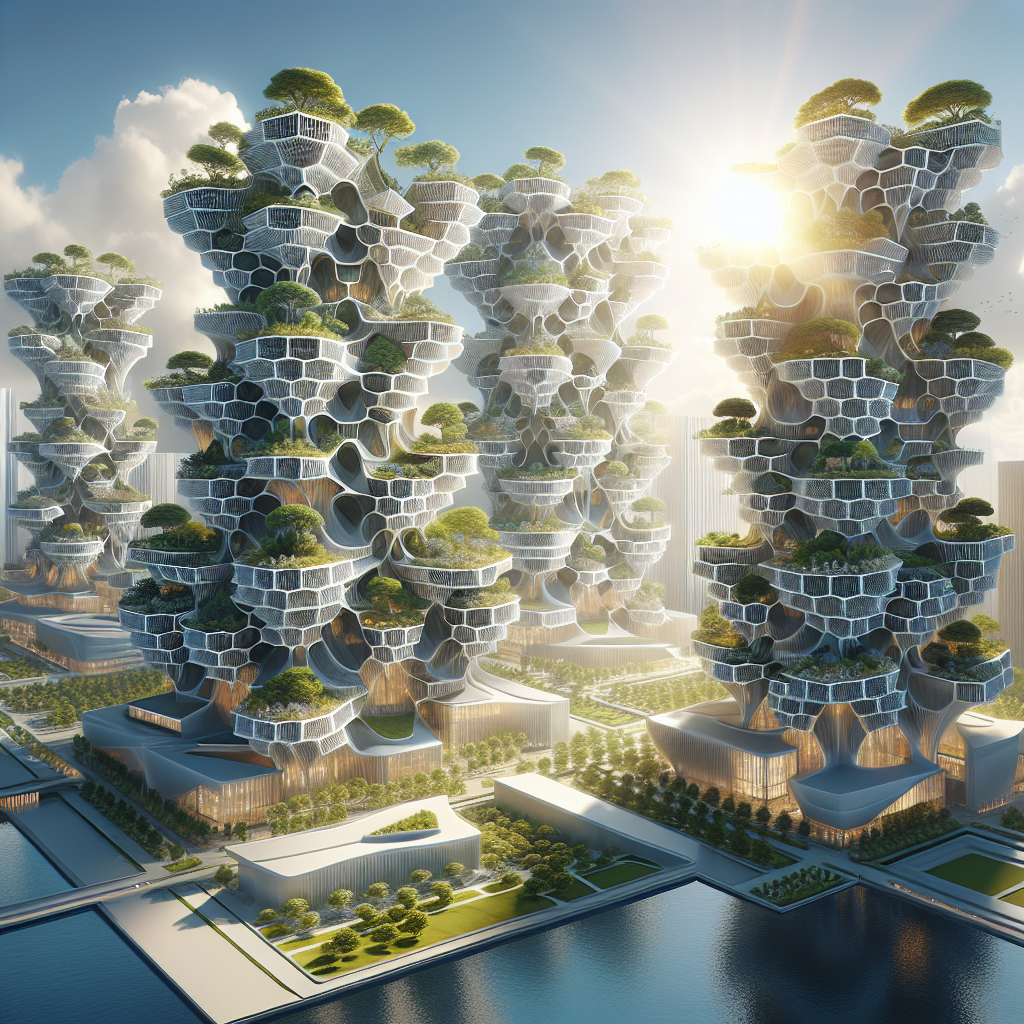Greenhouse living attached: solariums merging gardens with living rooms

Greenhouse Living Attached: Solariums Merging Gardens with Living Rooms
In the evolving narrative of contemporary architecture, a captivating dialogue is emerging between the natural world and interior spaces. At the forefront of this conversation stands the innovative concept of greenhouse living, a harmonious blend of lush gardens and refined interiors through attached solariums. These luminous, glass-enclosed spaces not only blur the boundaries between indoors and outdoors but also embody the essence of biophilic design, enriching our daily lives with sunlight, greenery, and serenity.
The Resurgence of Solariums: A Timeless Architectural Element Reinvented
Historically, solariums have been symbols of luxury and leisure, often found in stately Victorian homes and grand European villas. Today, however, architects and designers are reimagining these sun-drenched rooms as essential components of modern residential design. Driven by an increased awareness of environmental sustainability and human well-being, solariums have evolved into multifunctional spaces that integrate seamlessly with living areas, offering both aesthetic pleasure and practical benefits.
One of the key factors behind this resurgence is the growing recognition of biophilic design and its positive impact on human health. According to recent studies, exposure to natural elements like sunlight and plants significantly reduces stress, enhances mood, and boosts productivity. This scientific backing has propelled architects to incorporate nature more intentionally into residential spaces, transforming traditional solariums into vibrant indoor gardens that serve as tranquil retreats within the home.
Architectural Innovation: Blending Form, Function, and Nature
The modern solarium is far more than a mere sunroom. It represents a sophisticated fusion of architectural ingenuity, sustainable design, and sensory delight. Contemporary solariums are meticulously designed to optimize natural light, regulate indoor climates, and support thriving ecosystems of plants and greenery. Architects are employing advanced glazing technologies, automated ventilation systems, and even integrating smart home technology to create adaptive, responsive environments that cater to both human comfort and plant health.
A striking example of this innovative approach is the recent project by renowned architecture firm Studio MK27. Their São Paulo residence features an expansive solarium seamlessly attached to the main living area, creating a fluid transition between indoor comfort and outdoor vitality. Floor-to-ceiling glass panels provide unobstructed views of lush tropical foliage, while automated shading systems and passive ventilation techniques maintain optimal temperatures year-round. This meticulous attention to detail exemplifies how architects are redefining the solarium as a sophisticated, integral part of contemporary living.
Designing with Nature: Interiors That Breathe Life
Interior designers are equally instrumental in shaping the modern solarium experience. By carefully curating plant selections, furnishings, and decorative elements, designers transform these spaces into verdant sanctuaries that exude warmth, tranquility, and sophistication. The use of natural materials such as reclaimed wood, stone, and organic textiles further enhances the connection to nature, creating interiors that are both visually captivating and emotionally restorative.
The concept of vertical gardens has become particularly popular within solarium design, offering an elegant solution for incorporating abundant greenery into limited spaces. Vertical gardens not only maximize plant density but also serve as stunning focal points, infusing interiors with texture, color, and vitality. For inspiration, designers often look to projects like the iconic Bosco Verticale in Milan, which has successfully demonstrated the aesthetic and environmental benefits of vertical greenery in urban settings.
Moreover, designers are increasingly integrating innovative furniture solutions that complement the solarium’s unique environment. Pieces crafted from sustainable materials, modular seating arrangements, and multifunctional furnishings allow residents to fully immerse themselves in the serene atmosphere, whether for relaxation, socializing, or even remote work. This thoughtful approach ensures that solariums remain versatile, inviting spaces that cater to diverse lifestyles and evolving needs.
Sustainability and Energy Efficiency: Solariums as Eco-Friendly Solutions
Beyond their aesthetic and wellness benefits, solariums are emerging as significant contributors to sustainable architecture. By harnessing natural sunlight for illumination and passive heating, these spaces can dramatically reduce a home’s energy consumption and carbon footprint. Advanced glazing materials, such as low-emissivity (low-E) glass, further enhance energy efficiency by minimizing heat loss during colder months and preventing excessive heat gain in warmer climates.
The integration of renewable energy technologies, such as solar panels and photovoltaic glazing, is also becoming increasingly prevalent in solarium design. Architects are creatively embedding solar energy solutions directly into the structure, turning solariums into self-sufficient energy hubs that power adjacent living spaces. This approach aligns perfectly with global efforts toward achieving net-zero energy buildings, as explored in our previous article on designing for a carbon-free future.
Case Study: The Greenhouse Residence by Olson Kundig
A prime illustration of the potential of greenhouse living is the Greenhouse Residence by Olson Kundig, nestled in the verdant landscapes of Washington State. This remarkable home features a spacious, glass-enclosed solarium that seamlessly integrates with the primary living areas, creating an immersive indoor-outdoor experience. The solarium houses a thriving collection of edible plants, herbs, and ornamental greenery, transforming the space into a vibrant ecosystem that nourishes both body and soul.
Olson Kundig’s meticulous design incorporates automated climate control systems, rainwater harvesting, and passive solar strategies, ensuring optimal conditions for plant growth and human comfort. The result is a harmonious environment that exemplifies the principles of sustainable living, biophilic design, and architectural innovation. Projects like the Greenhouse Residence demonstrate how solariums can elevate residential architecture, offering a compelling vision for the future of sustainable, nature-infused living spaces.
The Future of Greenhouse Living: A Growing Trend
As urbanization intensifies and environmental concerns escalate, the integration of nature into residential architecture will become increasingly vital. Solariums, with their unique ability to merge gardens with living rooms, represent a powerful solution for enhancing urban dwellers’ quality of life while promoting sustainability. Architects and designers will continue to explore new possibilities, leveraging advancements in technology, materials, and design methodologies to create innovative, nature-rich environments that resonate deeply with human needs and aspirations.
Emerging trends such as vertical farming, hydroponic gardening, and adaptive reuse of materials will further enrich the solarium concept, expanding its potential applications and benefits. Our exploration of vertical farming as the future of sustainable agriculture highlights how these innovations can seamlessly integrate into residential design, transforming solariums into productive, self-sustaining ecosystems.
Ultimately, greenhouse living attached through solariums embodies a profound shift toward architecture that celebrates and nurtures our intrinsic connection to nature. By thoughtfully merging gardens with living rooms, architects and designers are crafting spaces that inspire, rejuvenate, and sustain us, redefining the very essence of home in the 21st century.
Further Reading and Exploration
For readers interested in delving deeper into the transformative power of nature-inspired architecture, we recommend exploring our articles on biophilic design and its impact on human health and well-being and green roofs transforming urban landscapes. Additionally, Wikipedia offers comprehensive insights into biophilic design, solariums, and vertical gardens, providing valuable context and historical perspectives.








